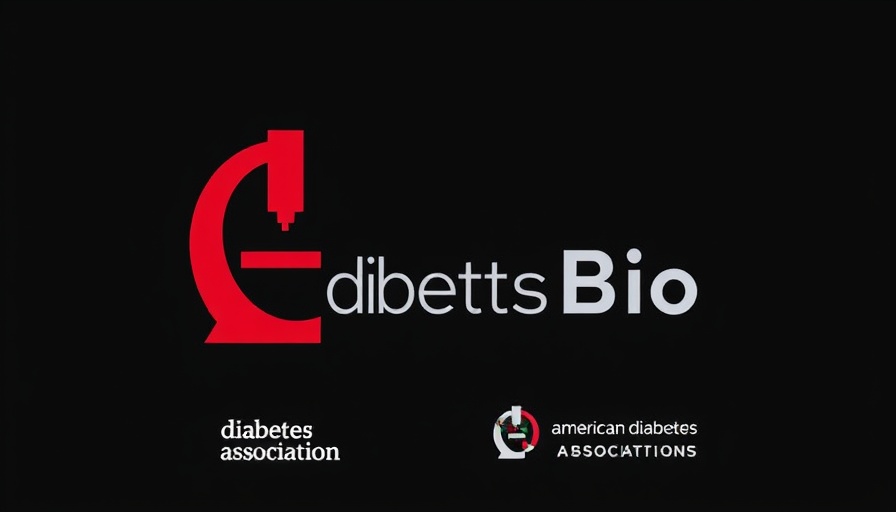
The Frustrating Maze of Healthcare Coverage Verification
American healthcare can often resemble an intricate maze, particularly when it comes to proving eligibility for medication coverage. For many, like my anonymous friend who shared this frustrating journey, the process feels excruciatingly convoluted. My friend spent an exasperating 33 minutes on a phone call involving multiple parties just to verify coverage for a medication they’ve consistently used for years. Such obstacles not only waste time but can lead to significant delays in receiving necessary treatments.
Common Challenges in Proving Coverage
As highlighted in similar discussions around insurance verification (see Julie Clements' insights on the difficulties in insurance verification), many patients encounter obstacles rooted in inaccurate patient information or the complexities of health insurance policies. In my friend's case, a lack of foresight from the insurance provider set the stage for the frustrating multi-party call that ensued.
Notably, human errors—whether from outdated records or insufficient information—can substantially delay the verification process. Implementing improved patient registration systems and using electronic health records (EHR) can alleviate some of these inefficiencies by ensuring accurate data collection upfront. However, inconsistencies in systems still mean that patients often bear the burden of verifying information, complicating their experience unnecessarily.
The Emotional Toll of Insurance Hurdles
Though seemingly procedural, the emotional weight of navigating these challenges can quickly lead to frustration and anxiety. For those struggling with health issues, managing insurance verification should not add to their burden. The constant back-and-forth between insurance companies and healthcare providers often feels like a game of telephone where misinformation can lead to detrimental delays.
With the healthcare system often prioritizing paperwork over patient care, it is essential to emphasize the emotional impact on patients. Their well-being can be tied closely to the swiftness and ease with which they can access their medications and treatments, and the current system does a disservice to many.
Innovations That Could Ease the Process
In an age where technology can facilitate immediate communication and record-keeping, solutions do exist to simplify these complex interactions. Innovations such as electronic eligibility verification systems can allow healthcare providers to verify coverage more efficiently. These systems provide real-time access to necessary patient information, minimizing delays.
The introduction of APIs (Application Programming Interfaces), which enable seamless data exchange between healthcare providers and insurance companies, can eliminate the tedious task of manual verification and information retrieval, making for a smoother patient experience. Moreover, as we see a rise in AI and machine learning within healthcare, future tools may further streamline eligibility checks to empower patients and mitigate these stressors.
Strategies for Overcoming Verification Challenges
There are proven strategies that both healthcare providers and patients can implement to circumvent the hurdles of eligibility verification:
- Prioritize Early Verification: As emphasized in various studies, confirming patient eligibility at least 48 hours before appointments can prevent last-minute complications.
- Utilize Patient Portals: Encourage patients to access their insurance information through online portals, empowering them to track their coverage effectively.
- Improve Communication Channels: Establish clear channels of communication with insurance providers, so delays can be addressed proactively.
- Advocate for Simplicity: As patients, we must voice frustrations and advocate for simplified processes that prioritize our healthcare over bureaucracy.
Conclusion: Taking Control of Healthcare Access
The struggles of navigating insurance and proving coverage are a reality for many Americans. However, understanding the obstacles and embracing technological advancements can empower patients and streamline processes. As we push for advancements in the healthcare system, advocating for yourself is crucial—whether it’s understanding your insurance coverage, pushing for more efficient verification processes, or leveraging technology for better outcomes.
Ultimately, everyone deserves dignity and efficiency in their healthcare journey, and change is possible with both patient advocacy and systemic innovation.
 Add Row
Add Row  Add
Add 




Write A Comment